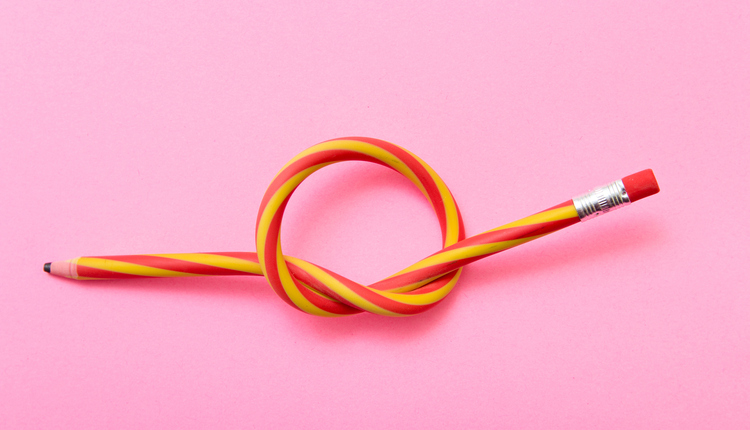In today’s fast-paced society, many people are no longer willing to wait several days for things they buy online. They also may not want to take time out of their busy schedules to shop in physical stores.
These realities are some of the reasons why microfulfillment centers are becoming more popular in the retail sector. Here’s how they could change the industry and alter how people get their goods.
Allow Retailers to Select From Several Types
One of the main benefits of microfulfillment centers is that they help retailers bring goods closer to the customers that want to buy them. That approach reduces delays and can help overall operations run more smoothly. Another advantage is that retailers can choose from numerous kinds of microfulfillment centers based on their needs and plans.
The Hub-and-Spoke Model
In the hub-and-spoke approach, a regional distribution center acts as the hub, while the microfulfillment centers are the spokes. In such cases, retailers may invest in large automation systems that support multiple stores.
In-Store Fulfillment Centers
In other cases, microfulfillment centers exist directly in a retail store and meet the needs of in-person and online shoppers. The main advantage is that retailers can offer identical product assortments regardless of how consumers choose to buy. However, many companies lack the space to convert part of an existing store into a small fulfillment facility.
Dark Stores
There are also so-called dark stores that once served traditional in-store shoppers but now only have customers on-site for order pickups. Those facilities are wholly converted into fulfillment centers, so they often make the most sense if customers are already ordering goods online frequently.
The emergence of these various models should help retailers realize there’s no universally correct way to move ahead with microfulfillment. With that in mind, people may see more retail stores experimenting slowly rather than quickly deciding microfulfillment is the best option for them.
Enable More Economical Operations
Microfulfillment centers will also change retail by letting brand leaders focus on the areas of the country or world that are most profitable for them. For example, it’s common to build these facilities in densely populated areas since that makes it easier to serve the largest number of potential customers.
Retailers may also investigate sales records to see which cities have the most repeat customers, then choose to concentrate their efforts there with the help of microfulfillment centers. That strategy should increase the overall return on investment.
An Expert’s Insights
Padhu Raman, the chief product officer for e-commerce platform Project Verte, said microfulfillment centers are “ ... more economical to operate with the repurposing of existing facilities. Moreover, local delivery can optimize costs and savings by three to four times overall with a centralized returns and pickup center.”
The leader continued, “Microfulfillment centers blend convenience with experience and support different strategies for an online retailer: buy online, pickup in-store, with localized returns.”
Using Existing Facilities for Efficient Deliveries
One possible downside is that retailers may not be able to find space to open new fulfillment centers.
In such cases, companies like the appropriately named Darkstore can help. Darkstore enables retailers to offer faster delivery by storing merchandise inside existing warehouses. The company has 550 such centers in more than 280 cities so far.
By using a partner such as Darkstore, retailers can make the most of what microfulfillment centers offer without taking the time to find and maintain physical real estate. That’s one example of a practical way to make retail operations more economical and scalable.
Open Opportunities for New Delivery Methods
Traffic backups, road construction and bad weather can all negatively impact delivery timeframes. People also raise concerns that trucking goods across multiple states to reach their destination is not ideal for the environment. Microfulfillment centers address all those challenges and others by significantly reducing how far the products travel.
It also creates exciting options for retailers that want to explore new ways to get products to customers.
Doing Deliveries Faster With Drones
Many brands are eager to see how drones might cut delivery times. Those flying vehicles can’t travel extremely long distances, making them a potentially smart pairing with microfulfillment centers.
In one trial in a small Irish town, it only took about 200 seconds for people to get their grocery orders via drones. Customer feedback indicated people appreciated the service during the COVID-19 pandemic, as well as when cold weather made the roads icy.
Using Uber’s Network for Speedier Fulfillment
A new service for Paris residents uses dark stores, plus the existing network of Uber drivers in the city, to greatly shorten the time it takes for people to get essential goods. Individuals can shop from an assortment of approximately 2,000 frequently bought items that will arrive in 15 minutes or less.
In cases like these, people no longer need to panic after realizing they’ve run out of milk or need more toilet paper before guests arrive. Instead, they can use an app to order products and get them in less than half an hour. That availability could change shopping from something people plan to do to an activity that happens primarily on an as-needed basis.
Increase Customer Satisfaction and Flexibility
The rise of omnichannel experiences means you can’t always accurately predict when and where people will purchase a product. However, as microfufillment centers become more popular, it’s more likely goods will not travel as far to reach their destinations.
Cutting Down on Excessive Packaging
Shorter travel distances may lead to more consumer-friendly packaging strategies. You’ve probably seen social media posts where people make fun of the enormous amount of packaging used to ship something small, like a tube of lip gloss or a package of earplugs.
One recent study found that 55% of U.S. respondents felt very or extremely concerned about the environmental impact of product packaging. When goods don’t travel as far, it’s unnecessary to protect them from mishandling or temperature fluctuations. However, retailers have plenty of chances to minimize their packaging while delivering products from microfulfillment centers.
Buying on the Consumer’s Schedule
The popularity of microfulfillment centers also gives customers more flexibility regarding when and where they buy things. The Opie retail brand recently launched 24/7 grocery stores by using the dark store model. A person can place their order on the Opie app, then drive to pick the items up minutes later without leaving their vehicles.
The internet broke down traditional retail boundaries that required people to shop during opening hours at the stores closest to them. Microfulfillment centers have eroded them even further by accelerating how fast people can get their goods. Now, shopping happens in the ways that most closely align with consumer needs and preferences.
Microfulfillment Centers Are the Future of Retail
For the reasons discussed here and others, many retailers will likely view microfulfillment centers as essential to helping them compete in an increasingly challenging marketplace. Even if some stores don’t immediately start using microfulfillment centers, their leaders will almost certainly consider them in the near future.
Emily Newton is the Editor-in-Chief of Revolutionized. She regularly covers trends in the industrial sector.



















